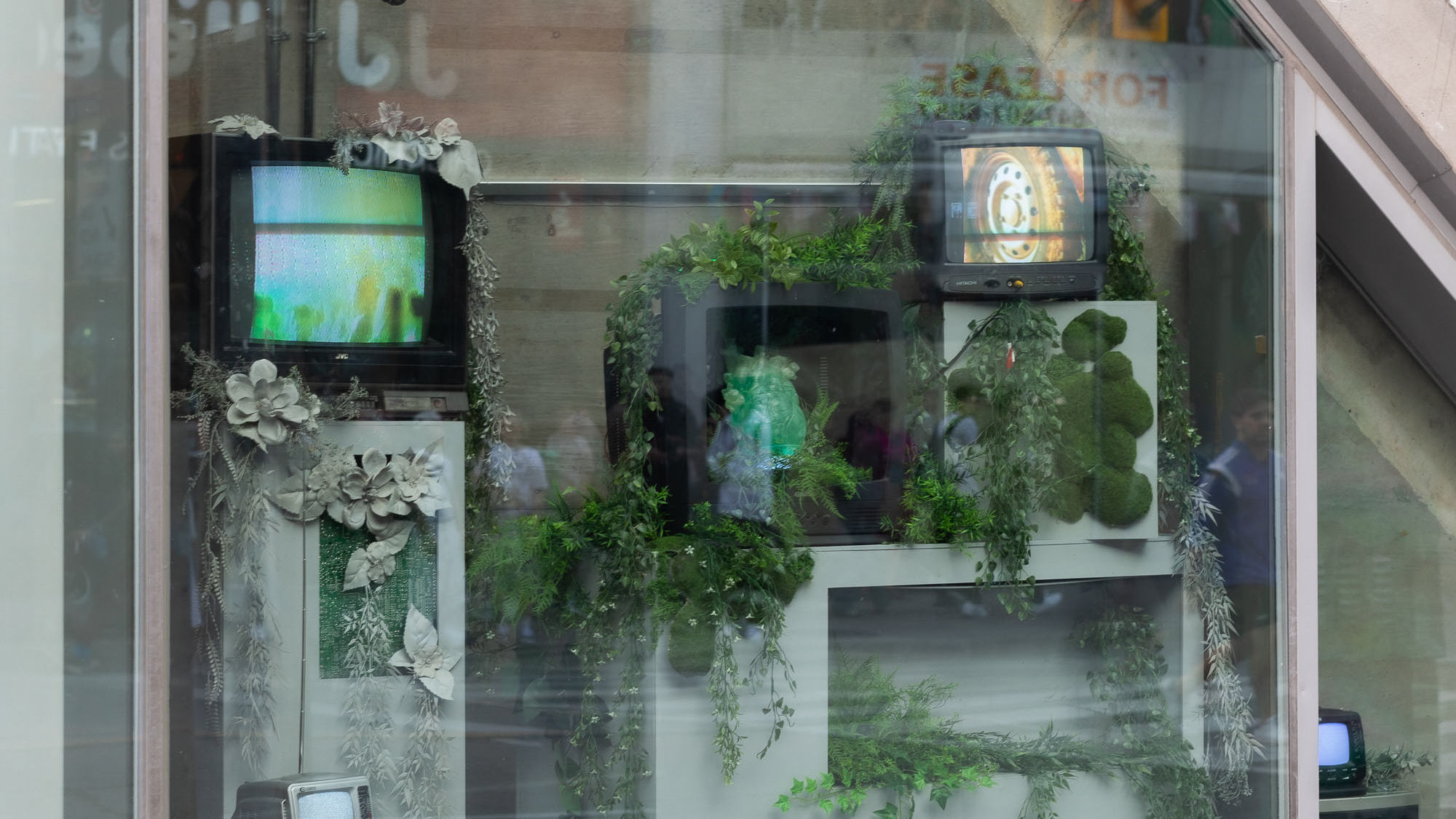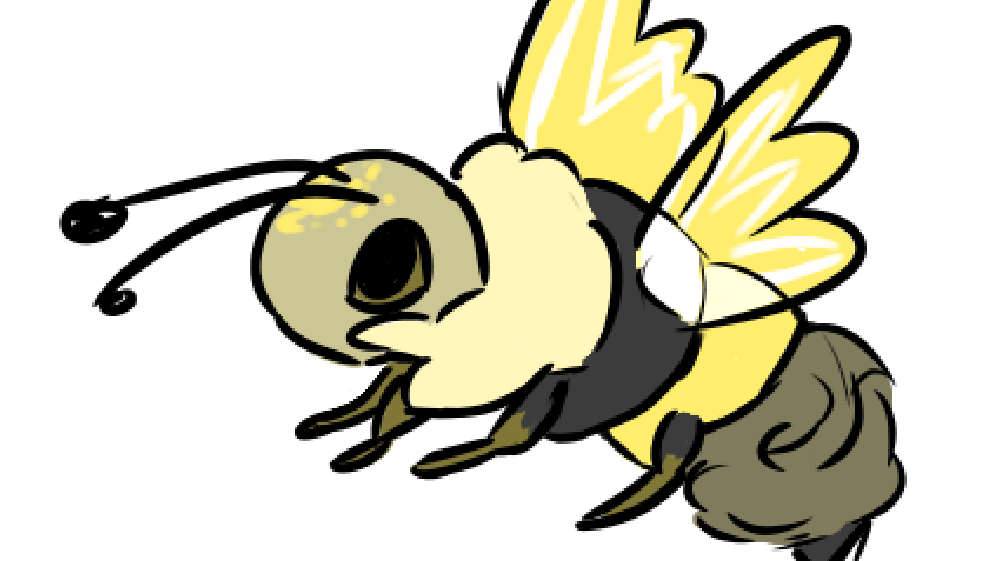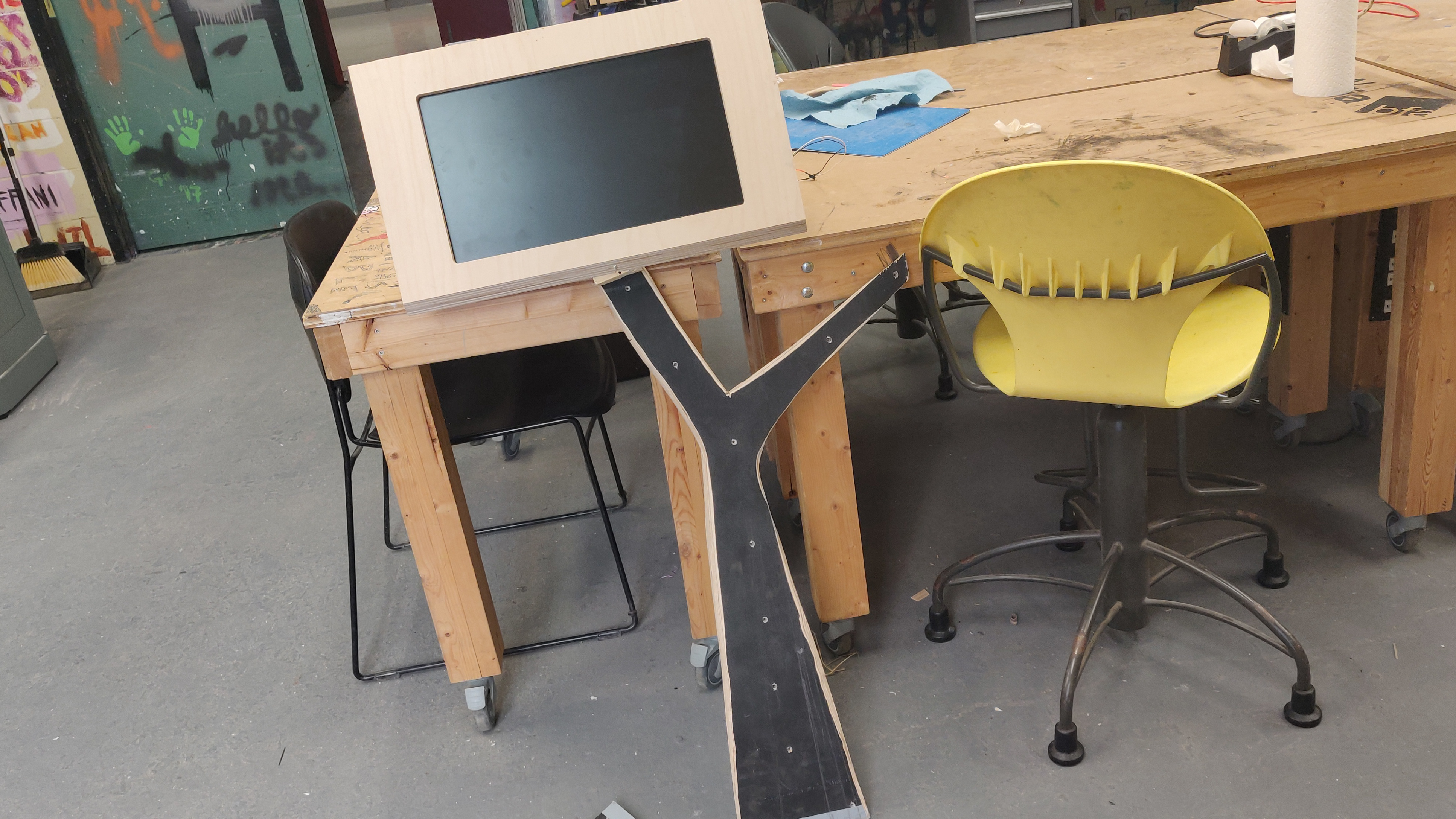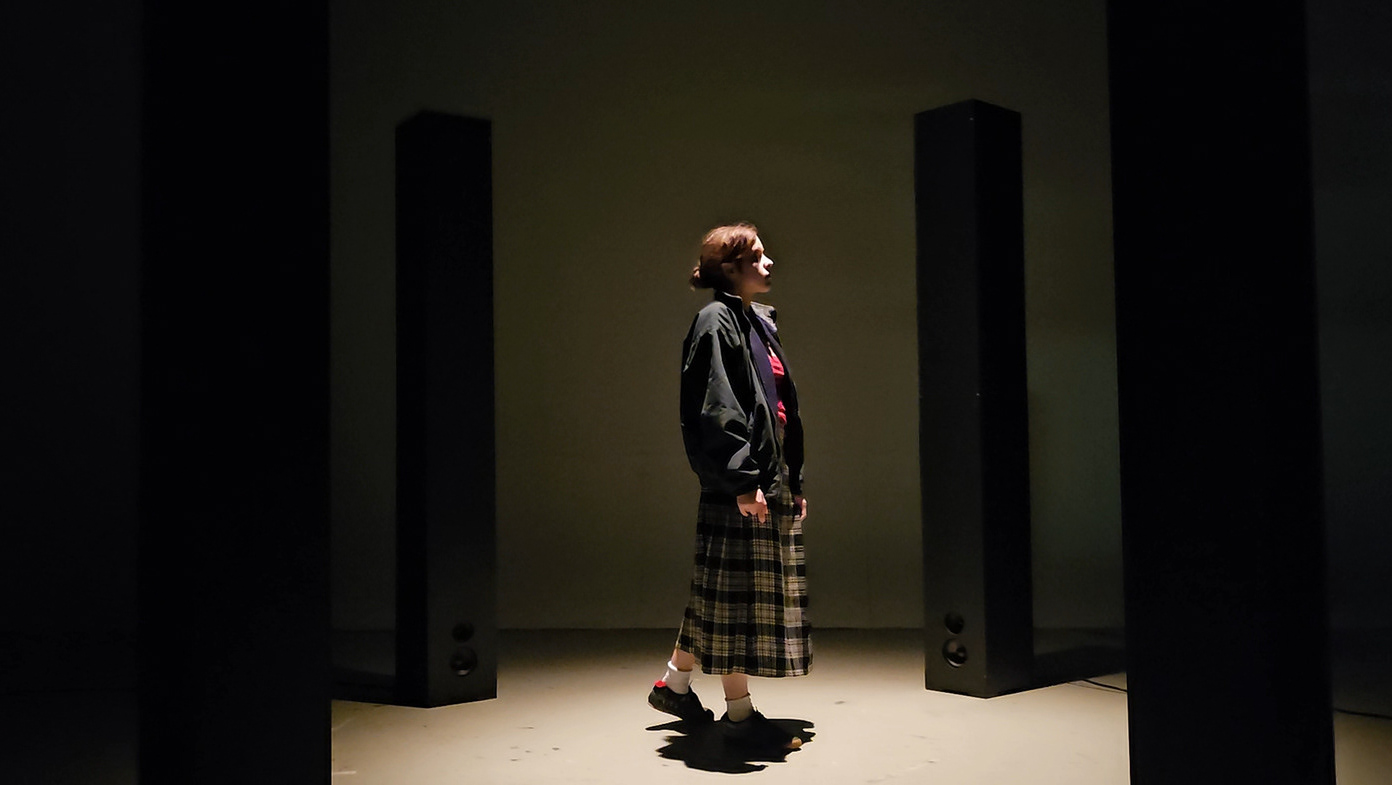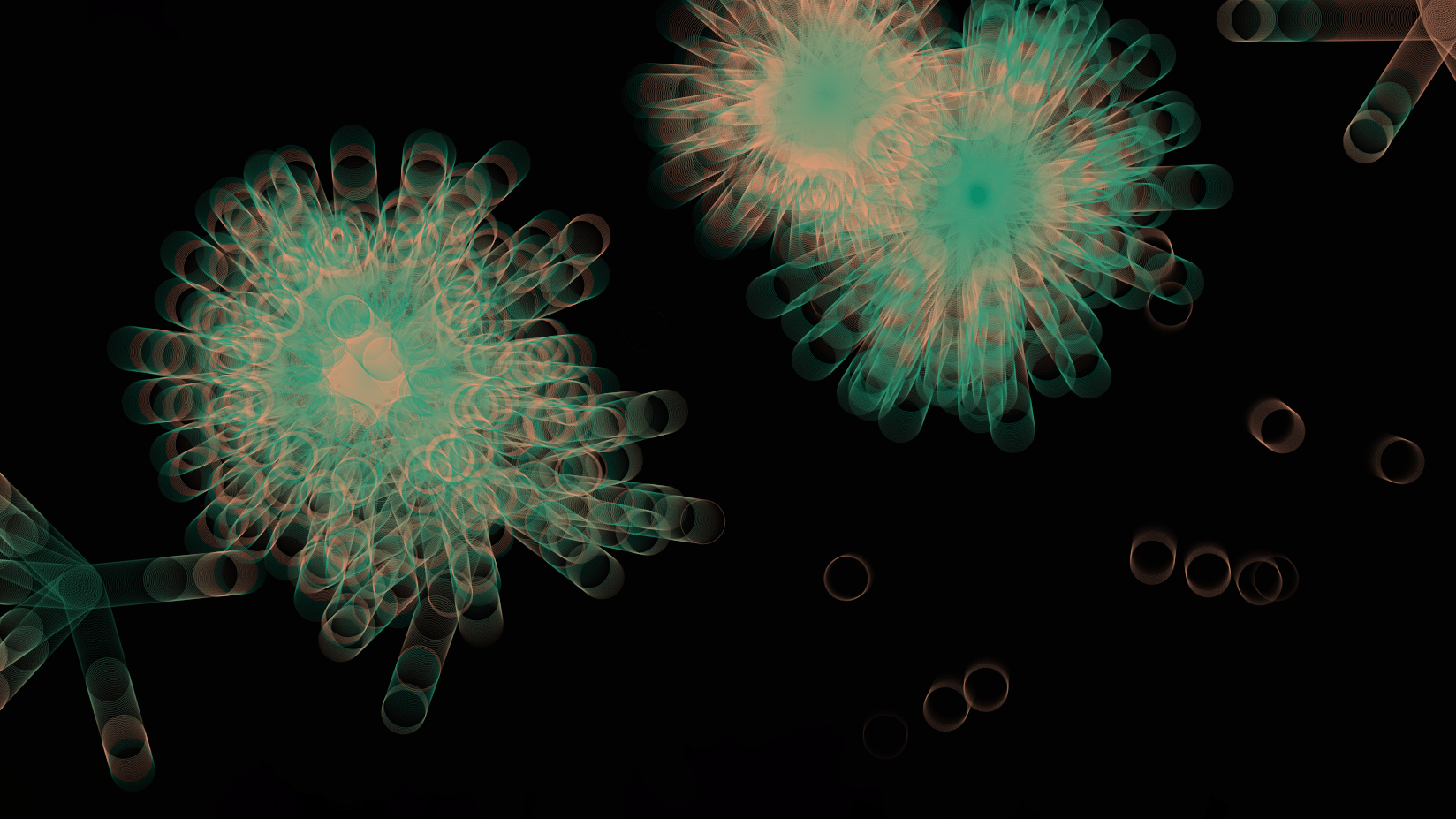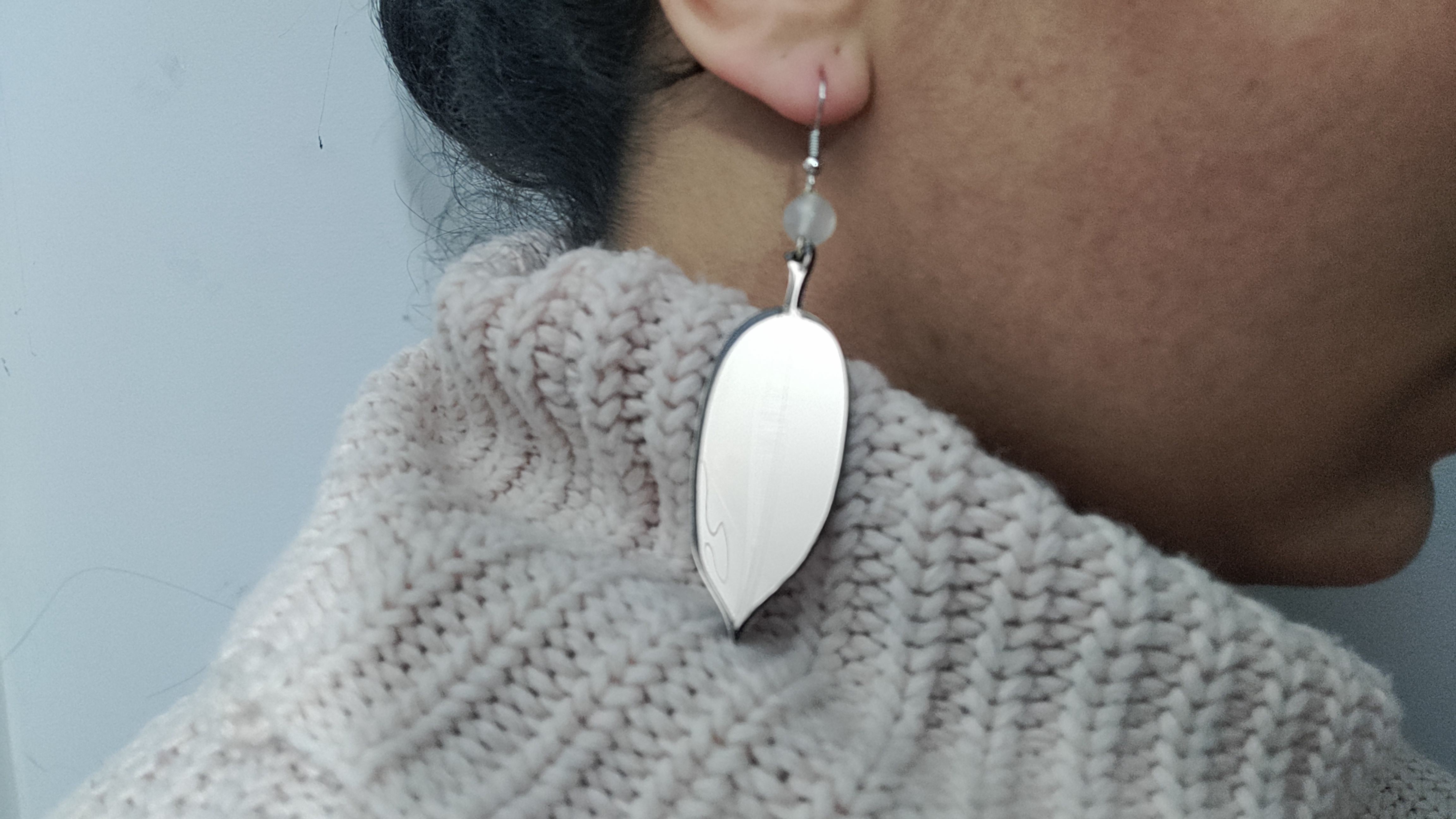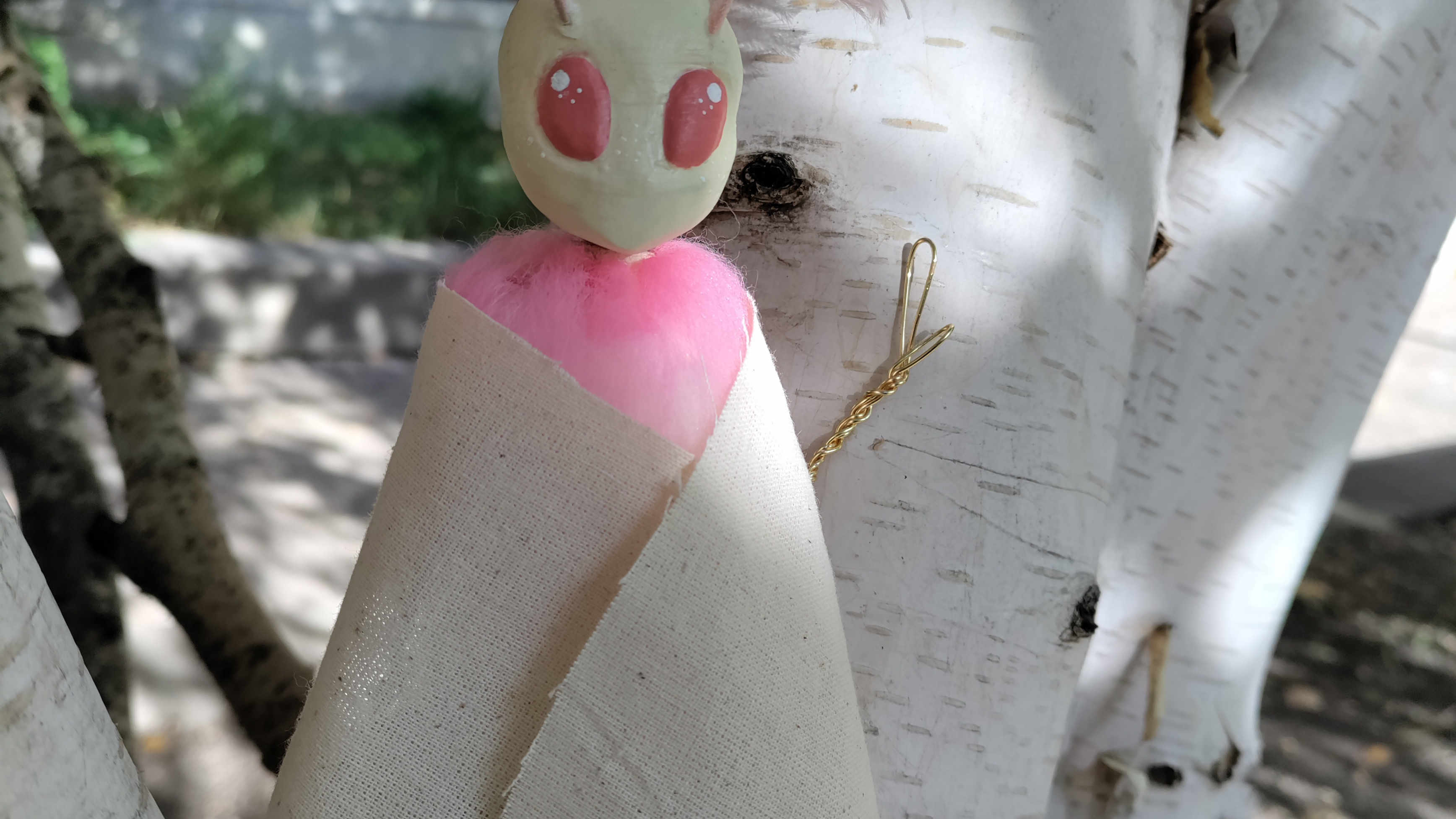I would like to start by saying very clearly that AI is incapable of being creative.
Now I’m not denying that AI can create - I’m learning to code algorithms that will make art myself, and hope to share them here soon – nor that the art created can’t be considered beautiful works. I’m also not dismissing its’ use within marketing, music, or presentation – as we can already see it happening with companies like Heinz. Just that AI can not, and as far as within my lifetime will not, be creative.
The issue with trying to call AI creative lies in and beyond the definitions of creativity itself. Merriam-Webster defines creative as someone (or in this case thing) that has the ability to create; and because AI can make something new, we could entertain the thought of it being creative. Take a look at art by currently popular AI art generator Dall-E 2 for example – when given a text prompt, it will generate four images that visualize its’ algorithms' understanding of the visual attributes associated with them.
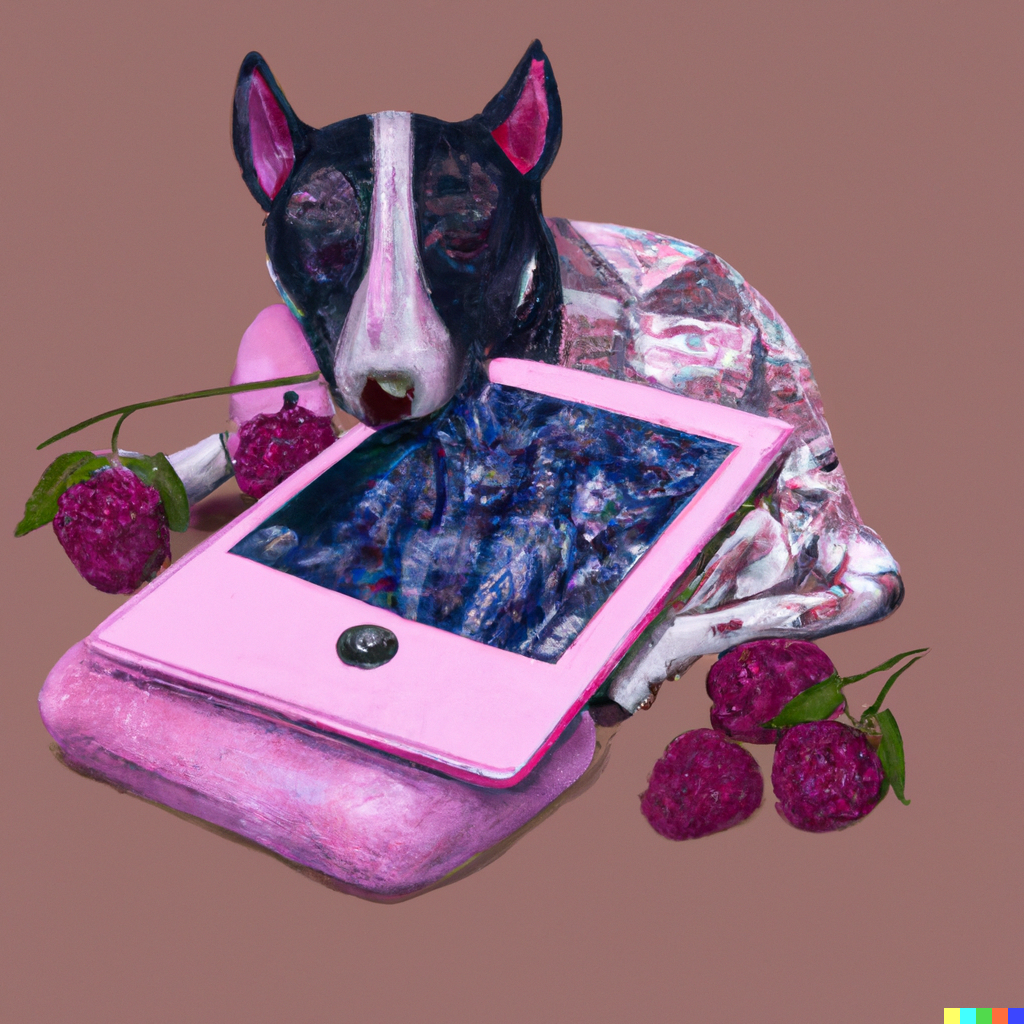
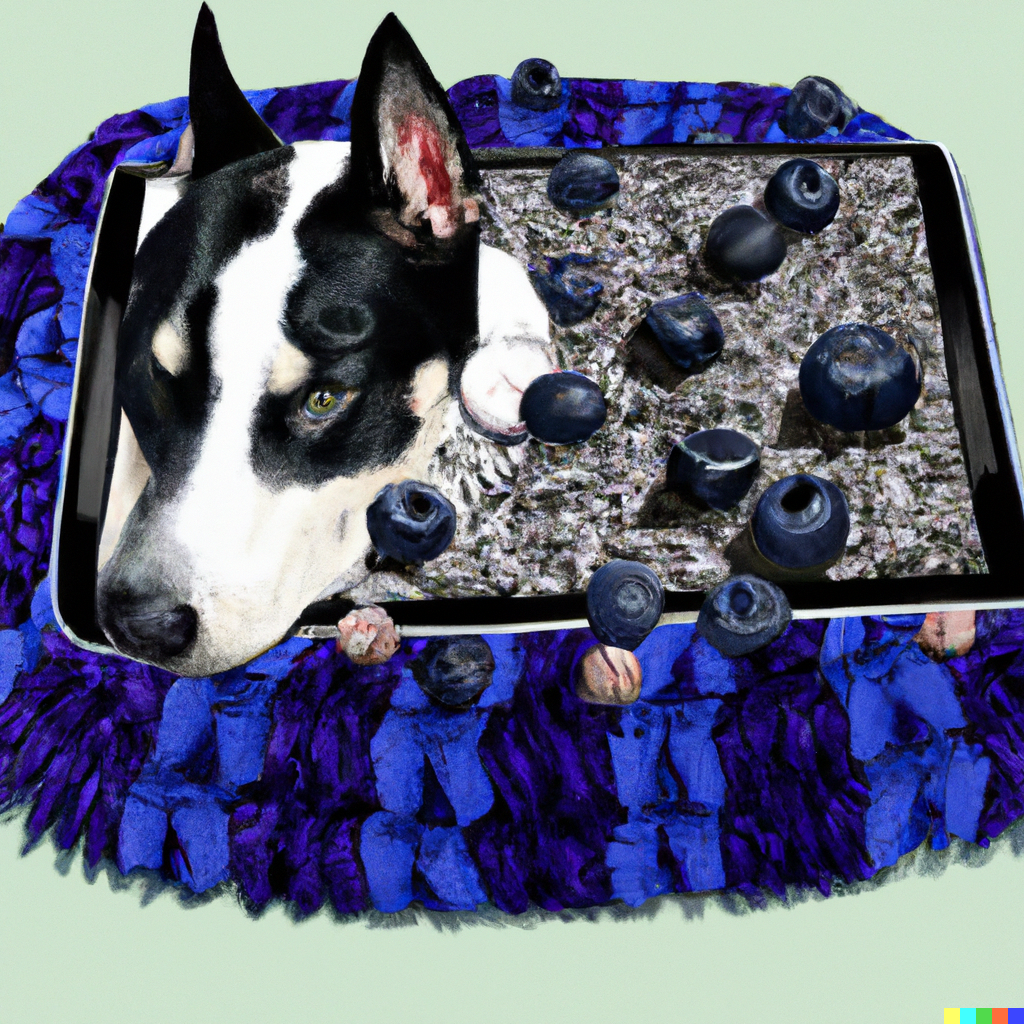
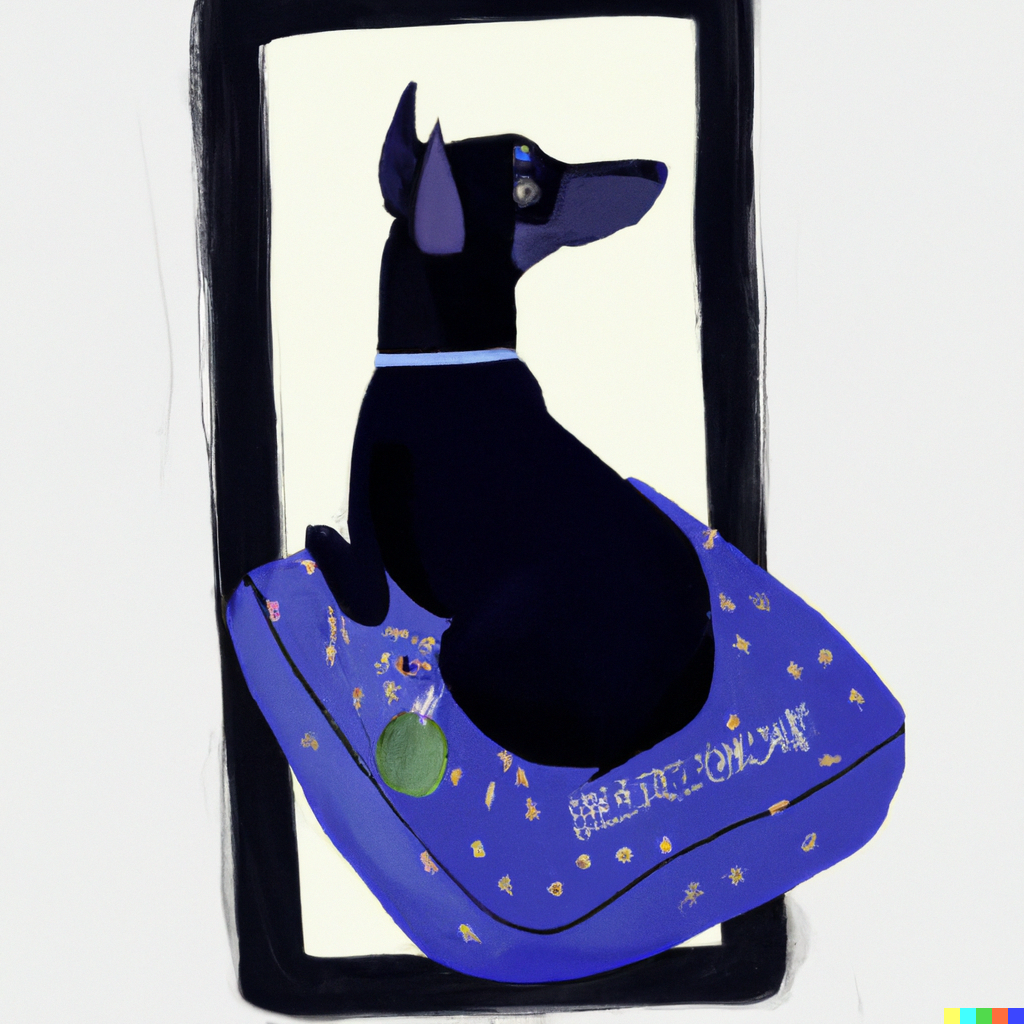

Prompt: surrealism blueberry rice Doberman mattress iPad toy
Artist: Dalle-2 AI
The secondary definition provided, where something must be created & not just imitated, puts a hole in this thought of AI as being creative though; as it is based on data collection, comparing & analyzing, and then providing results based on previous analysis and requested format. We can see this in action by taking a listen to Flow Machines’, a music AI made by Sony, song based upon its’ analysis of the music by The Beetles.
This song, although very effective, is not creative because it is an imitation of numerous previously created works. It essentially takes the tone, techniques, and lyrics, shoves them into a blender, and outputs a Frankenstein monster that is neither what the parts were previously nor something entirely new. With this example though, it might seem as though I’m dismissing any creator that will make something that is inspired by a previously created art movement – which I am not. But these creators put their own spin on things and can truly make their works their own. They go above and beyond what was, and play with what could be. By the end even though the results might have clear references in either the theory, technique, aesthetic, or theme, there is something that is added that makes them different.
So, you might wonder, if an algorithm can make something from the data and put a spin on it based on a specialty that is unique to it, can it then be considered creative? The answer is still no, because of the previously mentioned “something” that lies beyond the definitions, and is truly what prevents AI from being creative.
This notion of calling something creative just because they make something is a very limiting thought, as if we change the ‘thing’ from being AI to something else inanimate, say water, we can start to see where it falls apart. Water, when it is presented with different scenarios, can change its shape into forms that can be interpreted as visually appealing. Based upon a set of rules that are coded into its' being, when the temperature drops its vapour can blanket surfaces in beautifully generated fern-like patterns, or crystalize flakes and fall in a flurry. But even though snowfall is essentially the same as a 4D particle system, and frost similar to generative substrate art that AI can create (as shown below with AI works by Jared Tarbell), we do not refer to water nor the cold (that causes these changes, and plays a similar role to human in human/AI collaboration art) as creative.
In fact, to go back to the example of water or the cold, we only begin to refer to these things as being beautiful creations when they become attached to an anthropomorphic being. It is only when we ascribe emotions, personalities, and human fragilities to an otherwise inanimate instance/object, that these creations' creators become creative.
Since the question is asking whether or not AI can be creative, and AI algorithms are incapable of having these things that are just completely human as they don’t have the same emotions, faults, or drive as we do, it can be completely understood that it can’t.
Works Cited (That aren't already linked)
"Particles." p5.js, https://p5js.org/examples/simulate-particles.html
Franklin, Samuel. "Creativity." Business History Review, vol. 90, no. 4, 12/22/2016, pp. 694, www.summon.com.
